Pantry Pirates
Pantry Pirates
Some pests target your yard, others target the wooden structures in and around your home, and others… raid your pantry! The following pests are commonly found targeting homes to access food:
Ants
Ant colonies work like a well-oiled machine. They operate in tandem with their colony to create an impressive and highly functional society which includes a division of labor that separates some ants into the position of foragers. When a foraging ant locates a source of food, they can be observed returning to the food source time and time again, leaving behind invisible chemical trails that lead their fellow ants right to the same source. This is why ants can often be seen traveling in straight lines, and why seeing just one or two ants is often the sign of a pending infestation. 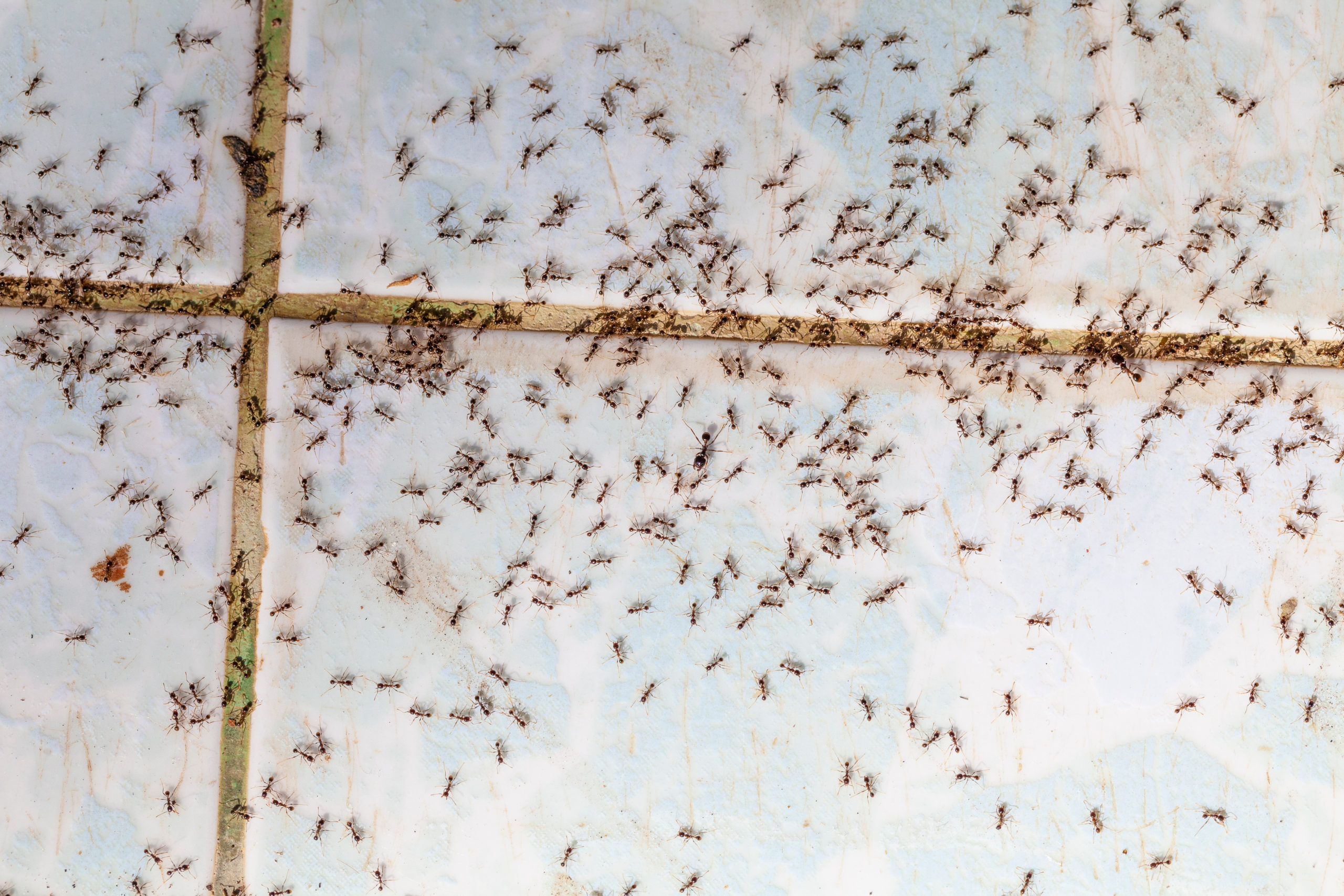
Indian Meal Moths
Also known as pantry moths, the Indian meal moth are both some of the most common and troublesome kitchen pests. In particular, they tend to inhabit pantries, causing significant damage and spoiling food. Female meal moths can lay up to 300 eggs at a time, which they deposit in or directly next to sources of food. The larvae begin feeding on the food products immediately after hatching and produce a silky webbing as they move and grow, often leading to the infested food being covered in tangles of filthy webbing. The entire life cycle of these moths can be fulfilled within 27 to 305 days during which time they can wreak havoc on your pantry. 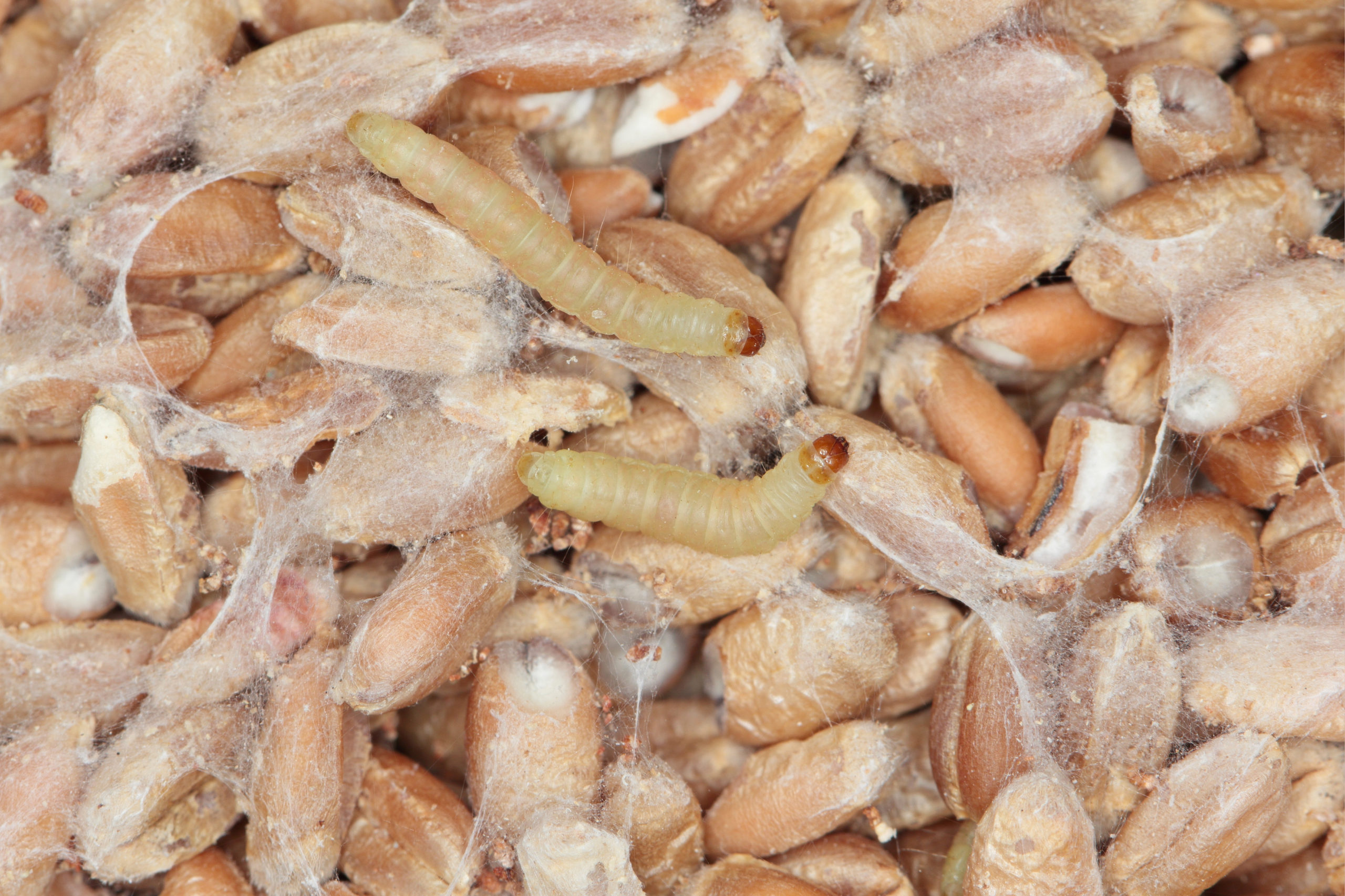
Cockroaches
Roaches in general are notorious for their ability to consume nearly anything as sustenance including dust bunnies, rotten foods, paper products, animal excrements, dead insects, and animals, and even some poisonous plants and chemicals. They are virtually the garbage disposals of nature, and it is exceedingly rare for a roach to run out of things to munch on. However, they are very keen on consuming actual food products whenever possible. In kitchens they can be found hiding in some of the following areas:
- Behind or under appliances such as fridges, stoves, etc.
- Trash bins/recycling bins
- Inside cracks/crevices
- Under and behind sinks
- Inside fridge motors
- Inside cabinets
Roaches are also experts at hunting down food sources thanks to their 154 olfactory receptors. They also contain 544 gustatory receptors – which is more than any other insect known to be alive today – accounting for their ability to consume nearly anything as sustenance. 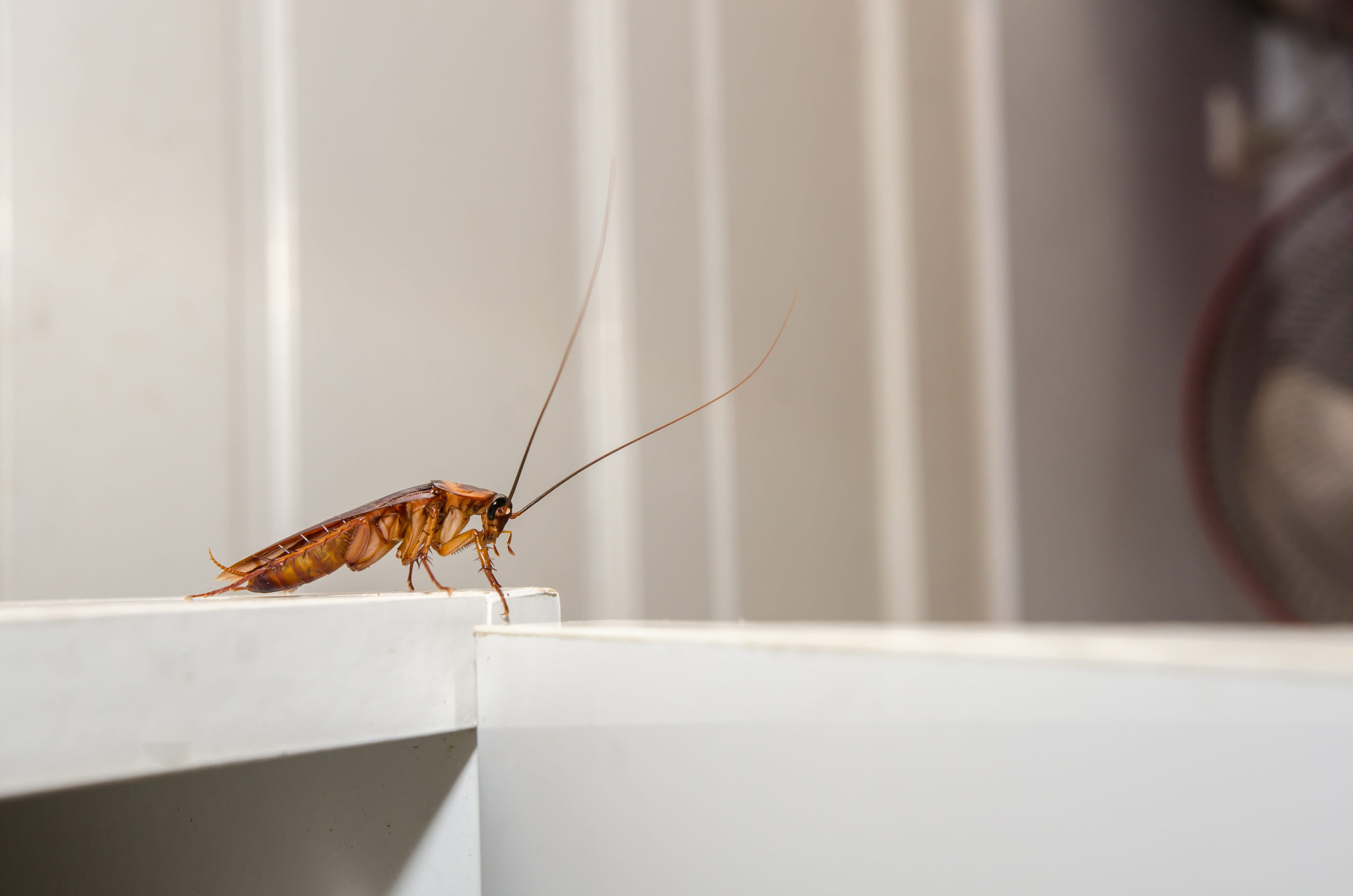
Saw-toothed Grain Beetles
Known scientifically as Oryzaephilys surinamensis, saw-toothed grain beetles are tiny, brown insects whose flat shaped bodies allow them to slip into super tiny cracks and crevices. They are commonly found infesting pantries and, in particular, they target oats, rice, dried fruit, cereals, chocolate, dried noodles, and sugar. 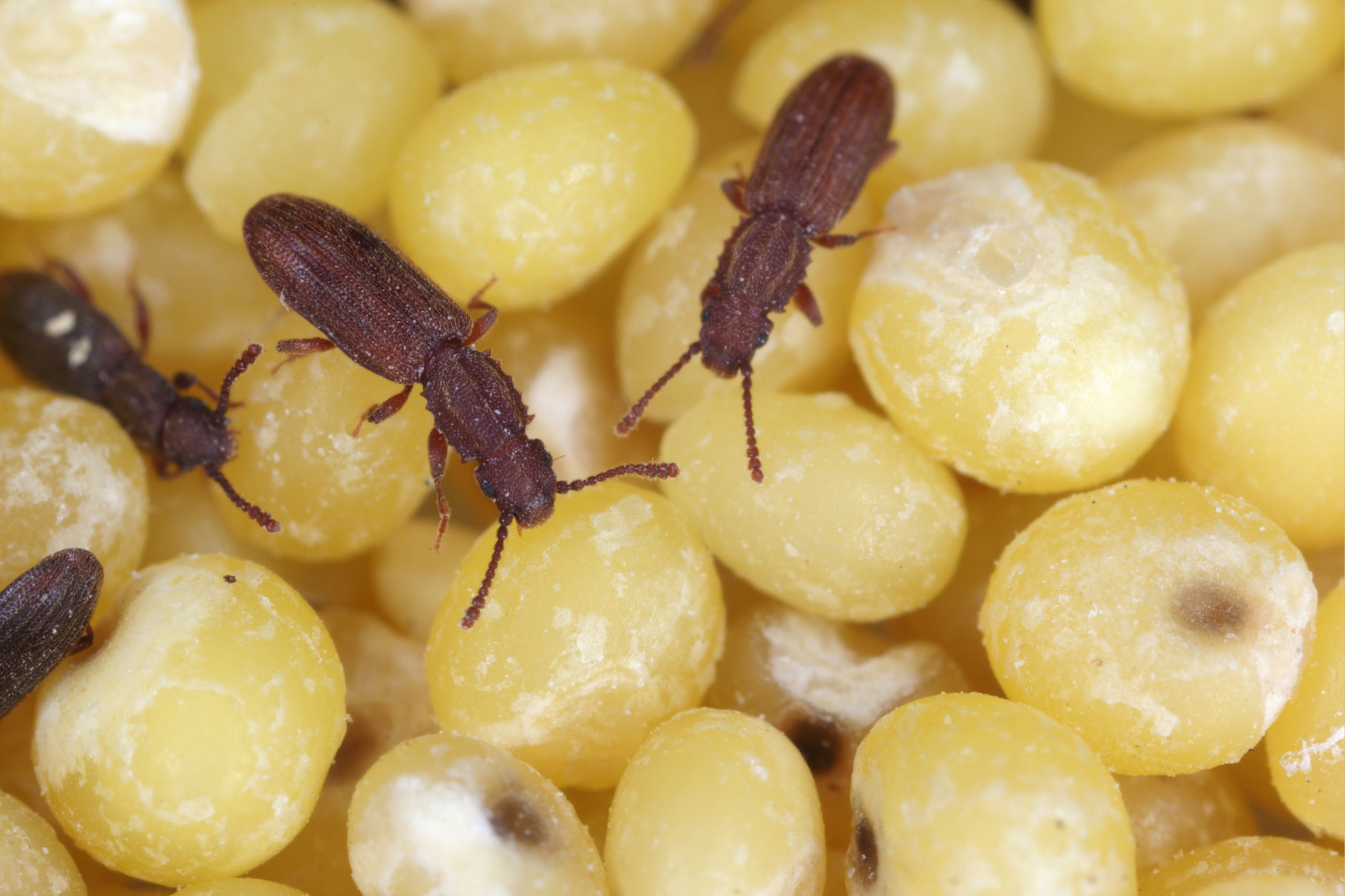
Rodents
Rats and mice have an amazing “scent-sitivity” for detecting olfactory stimuli. In fact, their noses are powerful enough that there are programs such as the one run by the non-profit APOPO that utilize the powerful noses of rats to root out land mines in Cambodia. Tim Edwards, APOPO’s head of training, is so confident in the abilities of rats’ noses and believes that we could even begin using them to detect diseases such as tuberculosis and cancer. With such strong sniffers it’s no surprise that rats can be attracted to your home based on a variety of different food smells. Some of the most attractive foods to rodents include: bacon, seeds, fruits/berries, and peanut butter. Rodents also have particularly strong jaws, allowing them to get into a variety of different packages to access food. According to the Mohs Hardness Scale (a testing system developed by German mineralogist Friedrich Mohs in 1812 that ranks the hardness of materials from a scale of 1, being the softest, to 10, being the hardest) the teeth of both rats and mice rank at a value of 5.5. For a point of reference, diamonds rank at a value of 10, meaning that these rodent’s teeth are over half as hard as diamonds. Also, their bite forces of roughly 12 tons per square inch dwarf the strength of the jaws of both great white sharks and alligators who only have the bite power of 2 and 1.6 tons per square inch respectively. 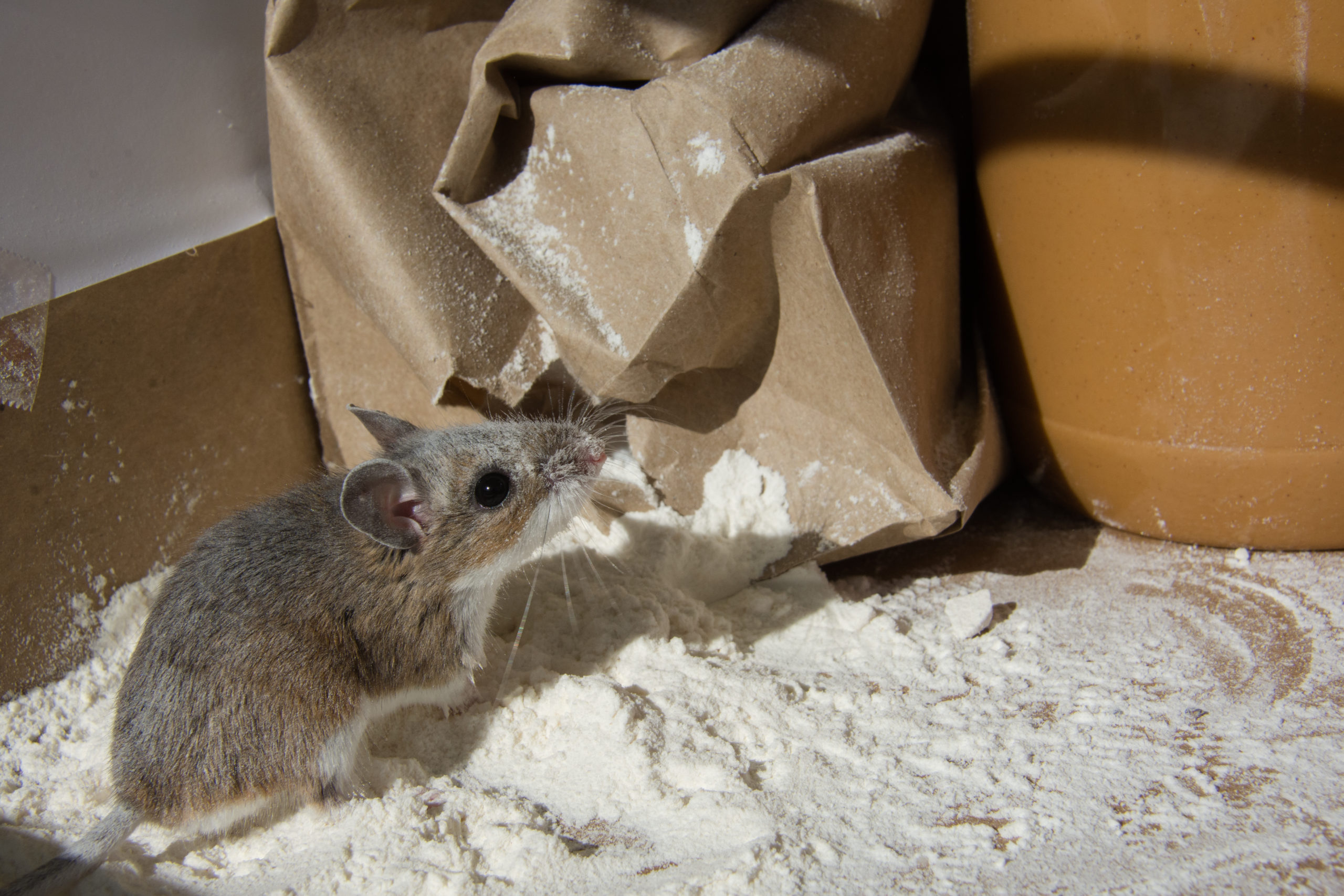
Tips for Avoiding Pantry Pirates
Once you have them, pantry pests can be a headache to get rid of, making preventative actions very important. Some of the steps you can take include:
- Keeping your pantry tidy and clean by regularly wiping down shelves, ensuring there is no product residue or crumbs left around, and surfaces are sanitized
- Regularly vacuum and wipe down other areas in the kitchen
- Briefly inspect dry goods that you’ve purchased and plan to bring into your home for any evidence of current infestations from pests (such as Indian meal moths) to prevent bringing them in your home
- Ensure that your stored foods are all properly sealed in airtight containers
- Reduce the number of excess foods stored in your pantry as long-term storage of foods can increase your chances of an infestation

Citation
Cockroaches (no date) National Center for Healthy Housing. Available at: https://nchh.org/information-and-evidence/learn-about-healthy-housing/health-hazards-prevention-and-solutions/cockroaches/ (Accessed: January 20, 2021). Fasulo, T. and Knox, A. (2015) Indianmeal Moth – Plodia interpunctella (Hubner), University of Florida Department of Entomology and Nematology. The Florida Department of Agriculture and Consumer Services. Available at: https://entnemdept.ufl.edu/creatures/urban/stored/indianmeal_moth.HTM (Accessed: October 22, 2021). Ginot, S., Herrel, A., Claude, J. and Hautier, L. (2019) “Morphometric models for estimating bite force in Mus and Rattus: mandible shape and size perform better than lever-arm ratios,” The Journal of Experimental Biology. doi: 10.1242/jeb.204867. International Campaign to Ban Landmines – A History of Landmines: Problem (no date) ICBL. Available at: http://www.icbl.org/en-gb/problem/a-history-of-landmines.aspx (Accessed: February 18, 2021). Jitchotvisut, J. (2019) 10 Things You Might Not Know Attract Mice, Insider. Available at: https://www.insider.com/what-attracts-mice-2018-12 (Accessed: October 2020). Johnson, D. (no date) Insect pests of stored grain: Indianmeal Moth, Entomology at the University of Kentucky. University of Kentucky College of Agriculture, Food and Environment. Available at: https://entomology.ca.uky.edu/ef136 (Accessed: October 22, 2021). Kim, G. and Polan, S. (2018) Why Cockroaches Are So Hard To Kill, YouTube. Science Insider. Available at: https://www.youtube.com/watch?v=KKYJf2DL1FM (Accessed: July 2020). King, H. (no date) Mohs Hardness Scale, Geology.com – Geoscience News and Information. Available at: https://geology.com/minerals/mohs-hardness-scale.shtml (Accessed: February 10, 2021). Klass, C. and Raffensperger, E. (2012) Indian meal moth – Cornell university, Insect Diagnostic Laboratory. Cornell University Department of Entomology. Available at: http://idl.entomology.cornell.edu/wp-content/uploads/Indian-Meal-Moth.pdf (Accessed: October 22, 2021). Lewis, D. (2015) Watch These Giant Rats Sniff Out Landmines, Smithsonian Magazine. The Smithsonian Institution. Available at: https://www.smithsonianmag.com/smart-news/watch-these-giant-rats-sniff-out-landmines-180956899/ (Accessed: February 18, 2021). Mason, L. (2018) Sawtoothed Grain beetle oryzaephilus surinamensis (L.), Purdue University Department of Entomology. Available at: https://extension.entm.purdue.edu/publications/E-228/E-228.html (Accessed: November 3, 2021). Understanding Rodent Gnawing (2019) Pestology. Available at: https://pestologyltd.co.uk/understanding-rodent-gnawing/ (Accessed: February 10, 2021). We Train Animals To Save Lives (no date) APOPO. Available at: https://www.apopo.org/en/what-we-do (Accessed: February 18, 2021). What Attracts Rats? (2018) Wildlife Removal USA. Available at: http://wildliferemovalusa.com/ratattraction.html (Accessed: October 2020).
Request a Free Quote Today
(We do not share your data with anybody, and only use it for its intended purpose)
